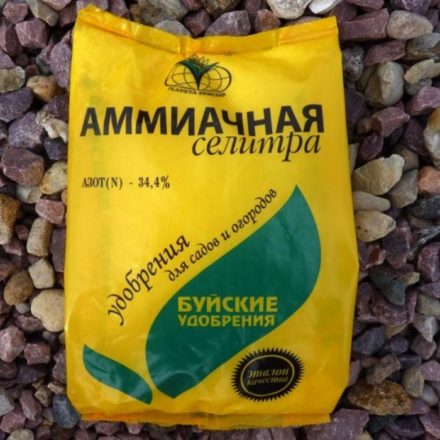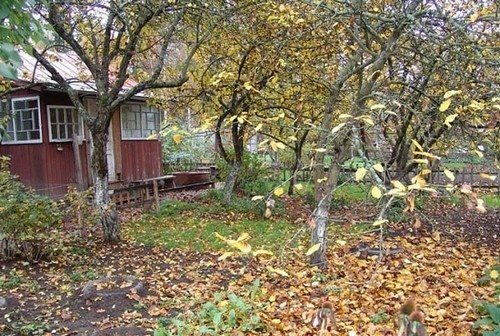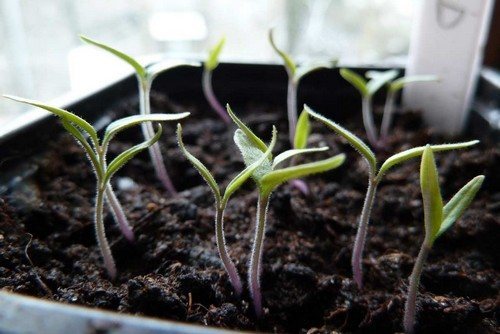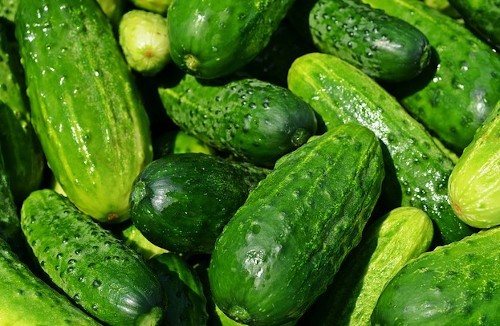The natural snow cover on the site provides plant roots with protection from freezing. In the spring, melt water saturates the soil with moisture, which stimulates the growth of seed and seedlings. But sometimes in winter there is little snow falling or the wind blows it away completely from the area. Therefore, measures are taken that allow snow to linger on the plot.
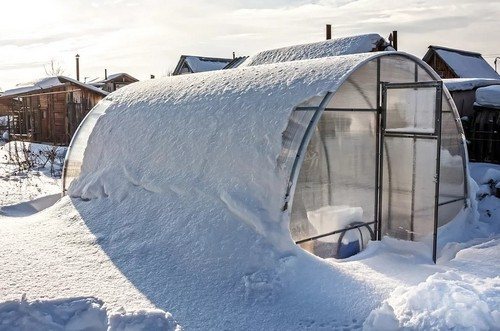
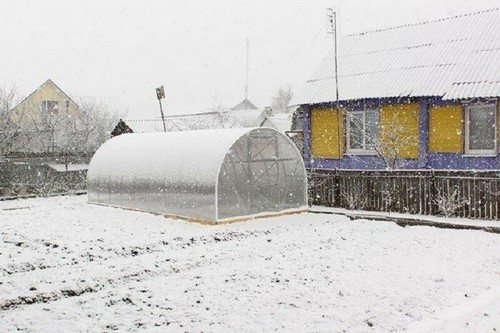
Why are snow retention measures needed in the garden?
Snow retention structures are made in order to:
- Protect winter crops from freezing;
- The soil was less subject to wind erosion;
- Increase the yield of crops;
- Saturate the soil with moisture and provide it with useful microelements.
Plants that receive moisture from the gradual melting of snow ripen faster, since the growing season begins earlier. Fertilizers applied in the spring will be better absorbed into the roots of plants if the soil is moist.
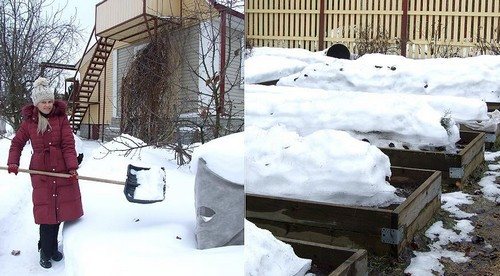
How to make snow retention structures with your own hands
There are several methods that effectively retain snow cover in the vegetable garden and garden plot. Making them is not at all difficult. You can take any materials for their construction.
Windbreaks
This method allows you to retain snow if there are frequent winds in the area. Various available materials are used. Boards, slate, sheets of plywood and even regular cardboard will do. A kind of shields are being built on the site. Their height can reach 1 m, length up to 2 m. The boards can be placed randomly on the site.Some summer residents install snow barriers in a row. It is customary to leave a distance of 5 to 10 m between them.
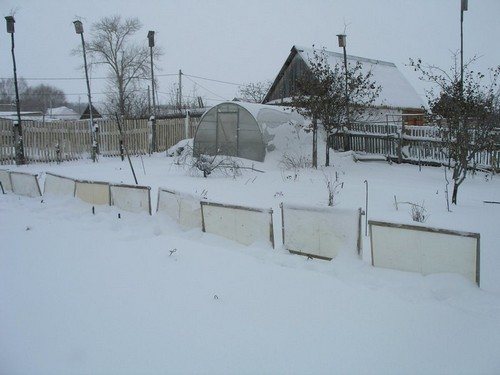
Attention! Shields can be moved from time to time. It is better to install snow-retaining “fences” in the fall.
Polymer mesh
Wooden or plastic posts are used to secure them. If the wind direction suddenly changes, you can always rearrange and rotate the net. In the spring, just roll it up and put it away - it won’t take up much space. And next fall the net can be pulled out again, installed in rows and secured.
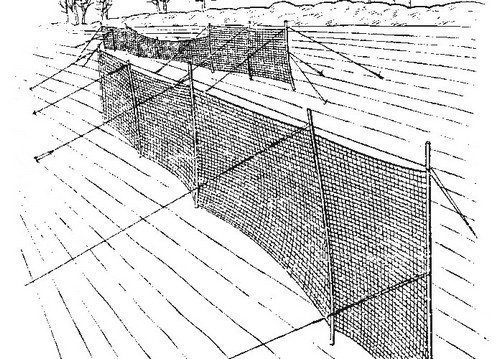
Snow mound
This method is used not only when strong, frequent winds occur in the steppe and forest-steppe zones, but also when a thaw suddenly occurs in winter. They collect snow and dump it in heaps. Thawed and frozen blocks will become an excellent snow-retaining “structure.”
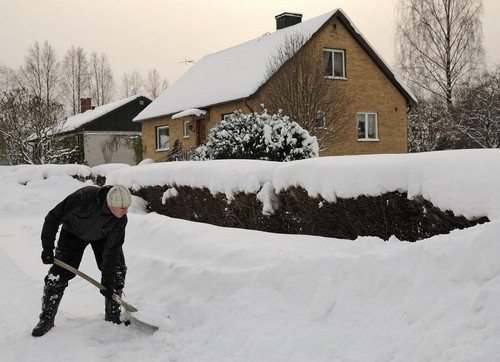
Deadwood
Cut branches of shrubs and trees are often used for snow retention. Place them in rows or small piles around the site. The snow cover will not be blown away by the winds; it will melt more slowly. In the spring, the dead wood is simply removed. Instead of branches and twigs, plants use corn stalks, spruce and pine spruce branches.
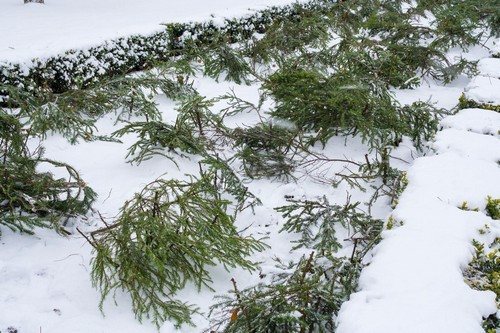
You should know! It is necessary to use twigs, branches of bushes and trees only if the crop has not previously suffered any fungal diseases and has not been affected by parasitic insects.
Hedge
Handles snow retention well hedge. On a bare area, snow melts faster, and the winds quickly blow it away, so on farm fields, trees have long been planted at the border of plantings. In a summer house or vegetable garden, it is enough to plant shrubs. The snow cover next to them will lie longer.
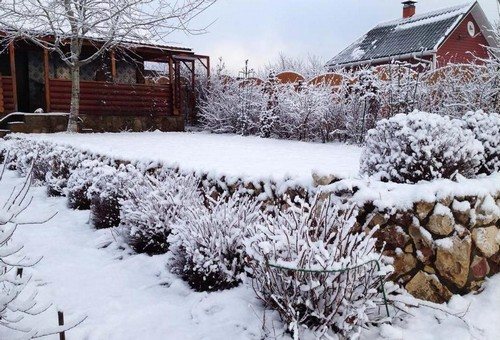
These techniques will help to keep the snow on the plot until spring. In winter, the snow cover will warm the plants wintering under it, and in spring, the melted snow will nourish the soil, which will increase the fertility of the soil. I like





